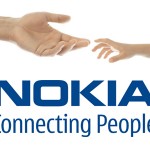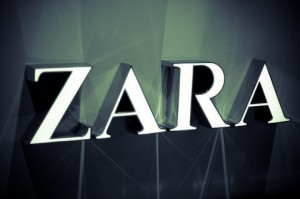Looking through my classmates’ blogs, I came across Natalie Cheung’s blog about logos and slogans. I really agree with her opinion that the logos and slogans are two extremely crucial parts of a marketing campaign designed to increase brand awareness, as has been demonstrated by the likes of McDonalds, Nike and Apple. This prompted me to think more about the qualities of good slogan.
- Mcdonalds: “I’m lovin’ it”
- Nike: “Just do it”
- Nokia: “Connecting People”
- American Express: “Don’t leave home without it.”
- Alka Seltzer: “I can’t believe I ate the whole thing.”
- Delta Airlines: “You’ll love the way we fly.”
All of these have a common theme: they’re very brief, memorable and they connect well with the company and what they do. This short statement reflects your vision, image and professional pride of the company. Much more than telling the clients that they provide great services or products, these slogans can successfully attract our attention, makes a strong impression and creates sharp market distinction. They increase brand recall
Although the proper combination of logo and slogan may not determine market positioning of the firm, they have a great influence on how we, the consumers, perceives their image and competence.
[Thank you for reminding me last time. I posted an additional blog linking to my classmate’s blog. Can you plz look at it as well? Thank you :)]









